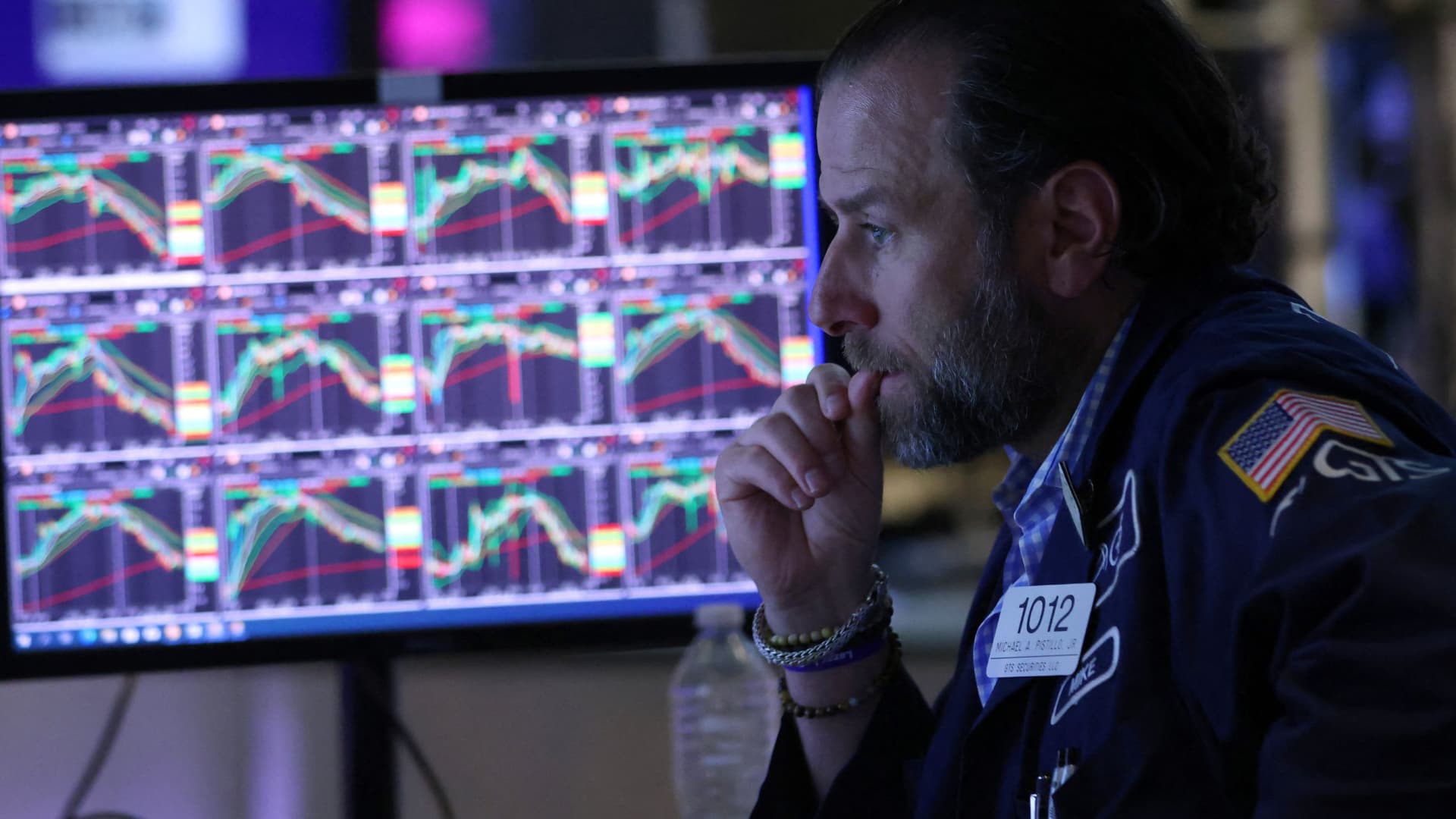
The inventory marketplace sell-off might be a long way from over if the U.S. economic system is headed towards a recession, in step with Goldman Sachs. The S & P 500 dropped 4% on Wednesday, hanging it at the fringe of an professional undergo marketplace . The catalyst for the sell-off gave the look to be vulnerable profits stories from retail retail outlets this week, which urged that inflation is beginning to consume into shopper spending and company earnings. Whilst an financial contraction isn’t assured, Goldman tasks a 35% likelihood of a recession over the following two years. That indicators that there’s a chance of a larger drop for shares, in step with leader U.S. fairness strategist David Kostin. “Throughout 12 recessions since International Warfare II, the S & P 500 index has shrunk from height to trough by way of an average of 24%. A decline of this magnitude from the S & P 500 height of just about 4800 in January 2022 would deliver the S & P 500 to roughly 3650 (11% underneath present ranges). The typical decline of 30% would scale back the S & P 500 to 3360 (-18% from these days),” Kostin wrote in a be aware to purchasers on Wednesday night time. Fresh financial information has been combined, with first-quarter GDP turning unfavourable and the housing marketplace appearing indicators of cooling even because the hard work marketplace has remained robust. Inflation, on the other hand, stays stubbornly top, elevating issues that the Fed must harm the economic system as a way to rein in costs. With Goal and Walmart now becoming a member of Giant Tech shares in deep drawdowns, the marketplace is beginning to glance extra like a pre-recession surroundings. Since 1981, the highest acting sectors proper earlier than recessions come with utilities, power, shopper staples and well being care, in step with Goldman. “All through the one year earlier than a recession, defensive sectors and ‘high quality’ elements have in most cases outperformed,” Kostin wrote. As soon as a recession starts, on the other hand, shopper staples and well being care are by way of a long way the most efficient performers, in step with Goldman, whilst the power sector badly lags the wider marketplace. Timing the marketplace is at all times a troublesome proposition for traders, and recession-driven strikes are not any exception. Traditionally, the inventory marketplace begins to fall earlier than a recession formally hits after which bottoms earlier than the economic system has shifted again to expansion. On the other hand, one example the place that trend did not cling was once the 2000 recession and related tech bubble, which some strategists have used as a comparability level for the present inventory marketplace decline. “In that example, the marketplace persisted to say no smartly after the commercial recession ended, troughing a complete 8 months after the recession ended and a complete 30 months after its pre-recession height,” Kostin wrote. — CNBC’s Michael Bloom contributed to this file.
